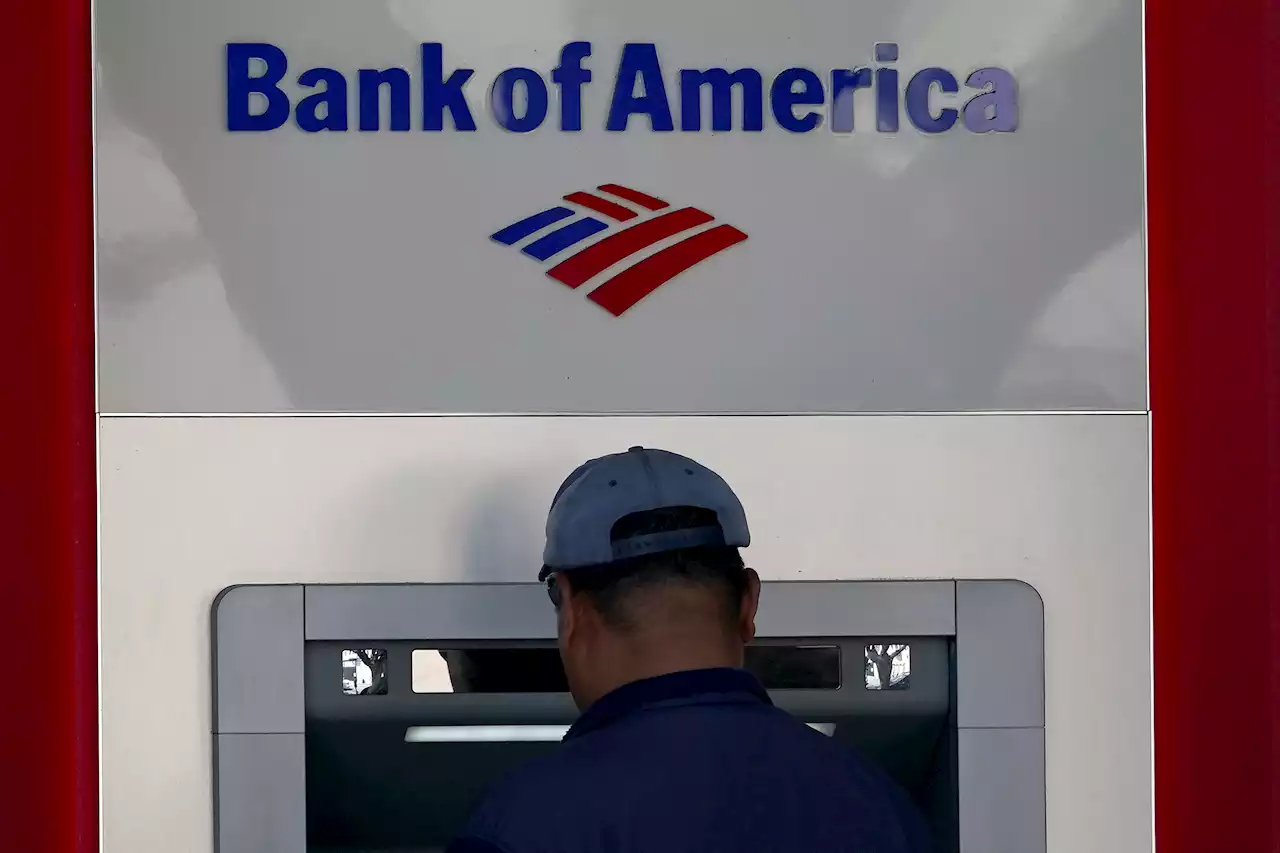The threat of more banking turmoil heightens the chances that the economy could slip into a recession heading into the presidential election year.
First, it will ratchet up competition by encouraging businesses and households to invest in U.S. debt rather than keeping deposits in banks, where they will earn comparatively lower yields. If banks are then forced to raise interest rates to keep attracting depositors, their profit margins will shrink and rates could rise further on all manner of consumer and business loans that they give out.
A decrease in bank reserves raises the possibility of painful disruptions in markets that serve as crucial sources of overnight funding for brokerage firms, hedge funds and other financial institutions because banks might be stingier with their remaining cash. The private-sector committee that advises Treasury on its borrowing estimated that the department could issue at least $600 billion in debt over the next three months without causing too many waves, but “dealers encouraged Treasury to be responsive to potential market-based indicators of stress in the [market for short-term government debt] when replenishing its cash balance.”
This is all happening against a backdrop of the Fed’s long drive to raise borrowing costs and shrink its bond holdings, after years of buying trillions in U.S. government debt, a process that flooded the system with reserves to boost the economy. Now with inflation at elevated levels, the central bank is aiming to draw some of those reserves back out of the system, though it’s unclear whether Treasury’s borrowing plans will interfere with that goal.
